Home>Furniture & Design>Bathroom Accessories>How To Clean A Silicone Toilet Brush
Bathroom Accessories
How To Clean A Silicone Toilet Brush
Modified: March 22, 2024
Learn the best way to clean a silicone toilet brush and keep your bathroom accessories looking fresh and hygienic. Follow our simple tips for effective cleaning.
(Many of the links in this article redirect to a specific reviewed product. Your purchase of these products through affiliate links helps to generate commission for Storables.com, at no extra cost. Learn more)
Introduction
Cleaning a silicone toilet brush is an essential task to maintain hygiene and ensure the effectiveness of this bathroom accessory. Over time, a silicone toilet brush can accumulate germs, bacteria, and residue from cleaning products, making it crucial to clean it regularly. By following a few simple steps, you can effectively clean your silicone toilet brush, keeping it in top condition for its intended purpose.
Cleaning a silicone toilet brush not only helps to maintain a clean and fresh bathroom environment but also ensures that the brush remains durable and functional. With the right approach and a few basic materials, you can easily restore your silicone toilet brush to its pristine condition, ready for its next use.
In the following guide, we will walk you through the step-by-step process of cleaning a silicone toilet brush. From gathering the necessary materials to thoroughly disinfecting the brush, each step is designed to help you achieve a clean and sanitary toilet brush that is ready for future use. Let's dive into the details and learn how to effectively clean and maintain this essential bathroom accessory.
Key Takeaways:
- Regularly cleaning your silicone toilet brush with hot soapy water and disinfecting solution helps eliminate bacteria and germs, ensuring a hygienic bathroom environment and a reliable tool for keeping your bathroom fresh and clean.
- Thoroughly rinsing and drying your silicone toilet brush after cleaning prevents mold and mildew growth, maintaining its cleanliness and effectiveness for future use, contributing to a healthier living space.
Read more: How To Clean A Toilet Brush
Step 1: Gather the necessary materials
Before embarking on the process of cleaning your silicone toilet brush, it's essential to gather the necessary materials to ensure a thorough and effective cleaning. Here's what you'll need:
-
Rubber Gloves: To protect your hands from coming into direct contact with any debris or bacteria present on the brush.
-
Bucket or Container: A container large enough to submerge the toilet brush for cleaning.
-
Hot Water: Hot water is effective in loosening debris and residue from the brush.
-
Dish Soap or Detergent: A mild dish soap or detergent will help in removing grime and disinfecting the brush.
-
Vinegar or Bleach: Either of these cleaning agents can be used to disinfect the brush thoroughly.
-
Old Towels or Paper Towels: For drying the brush after cleaning.
-
Optional: Bristle Brush or Scrubbing Pad: If the brush has stubborn stains, a bristle brush or scrubbing pad can be used to assist in the cleaning process.
By ensuring that you have all these materials at hand, you can proceed with confidence, knowing that you have everything necessary to clean your silicone toilet brush effectively. With these materials in place, you are ready to move on to the next step and begin the process of restoring your toilet brush to its optimal cleanliness and functionality.
Step 2: Remove excess debris from the brush
Before delving into the cleaning process, it's crucial to remove any excess debris from the silicone toilet brush. Over time, the brush can accumulate various particles, including hair, toilet paper, and other residues, which can hinder the effectiveness of the cleaning process if not addressed beforehand.
To begin, put on the rubber gloves to protect your hands from coming into direct contact with any debris or bacteria present on the brush. Next, take the silicone toilet brush to a garbage bin or toilet and gently shake it to dislodge any loose debris. You can also use your fingers to pick off any larger particles that may be clinging to the bristles.
Once you have removed the visible debris, it's time to address any remaining residue that may be trapped in the bristles. Using a pair of scissors, carefully trim away any hair or fibers that are entangled in the bristles. Be cautious not to cut the silicone bristles themselves, as this could compromise the brush's functionality.
After removing the visible debris and trimming any trapped particles, you can proceed to the next step with a relatively clean brush, ready for the thorough cleaning process. By taking the time to eliminate excess debris from the silicone toilet brush, you set the stage for a more effective and hygienic cleaning process, ensuring that the brush is thoroughly sanitized and ready for future use.
With the excess debris removed, you are now prepared to move on to the next step in the cleaning process, which involves thoroughly cleaning the brush with hot soapy water to eliminate any remaining grime and bacteria. This step is essential for restoring the silicone toilet brush to its optimal cleanliness and ensuring a hygienic bathroom environment.
Step 3: Clean the brush with hot soapy water
Cleaning the silicone toilet brush with hot soapy water is a crucial step in the process of restoring its cleanliness and effectiveness. This method effectively removes grime, residue, and bacteria that may have accumulated on the brush over time. The combination of hot water and soap serves as a powerful yet gentle cleaning solution, ensuring that the brush is thoroughly sanitized and ready for future use.
To begin, fill the bucket or container with hot water, ensuring that it's at a temperature that is comfortable to the touch but sufficiently hot to aid in loosening grime and residue from the brush. Add a generous amount of mild dish soap or detergent to the hot water, creating a soapy solution that will effectively cleanse the silicone toilet brush.
Once the soapy water solution is prepared, submerge the silicone toilet brush in the water, ensuring that the bristles are fully immersed. Use a gentle swirling motion to agitate the water, allowing the soapy solution to penetrate the bristles and dislodge any remaining debris. This process helps to loosen and lift away grime, bacteria, and other residues that may be clinging to the brush.
After allowing the brush to soak in the hot soapy water for several minutes, remove it from the container and use a bristle brush or scrubbing pad, if necessary, to gently scrub the bristles and handle of the brush. This additional step can help to dislodge any stubborn residue and ensure a thorough cleaning.
Once you have thoroughly scrubbed the brush, return it to the soapy water solution for a final soak. This allows any loosened debris to be rinsed away, leaving the brush clean and sanitized. After the final soak, remove the brush from the water and rinse it thoroughly under running water to remove any remaining soap residue.
With the cleaning process complete, gently shake the brush to remove excess water and use old towels or paper towels to pat it dry. Ensure that the brush is completely dry before returning it to its holder or storage location to prevent the growth of mold or mildew.
By cleaning the silicone toilet brush with hot soapy water, you effectively eliminate grime, bacteria, and residue, ensuring that the brush is restored to a hygienic and functional state. This step sets the stage for the final phase of the cleaning process, which involves disinfecting the brush with a cleaning solution to further enhance its cleanliness and effectiveness.
To clean a silicone toilet brush, fill a bucket with hot water and add a few drops of dish soap. Submerge the brush and let it soak for 10-15 minutes. Use a scrub brush to remove any remaining debris, then rinse and air dry.
Step 4: Disinfect the brush with a cleaning solution
Disinfecting the silicone toilet brush with a cleaning solution is a critical step in the cleaning process, as it helps to eliminate any remaining bacteria and germs, ensuring that the brush is thoroughly sanitized and safe for future use. This step is particularly important for maintaining a hygienic bathroom environment and preventing the spread of harmful pathogens.
To begin the disinfection process, prepare a cleaning solution using either white vinegar or bleach. Both of these cleaning agents are highly effective in disinfecting surfaces and eliminating bacteria. If using vinegar, mix equal parts of white vinegar and water in a container. If using bleach, dilute one part bleach with ten parts water to create a disinfecting solution.
Once the cleaning solution is prepared, submerge the silicone toilet brush in the solution, ensuring that the bristles and handle are fully immersed. Allow the brush to soak in the disinfecting solution for at least 10-15 minutes to ensure thorough disinfection. During this time, the cleaning solution works to kill any remaining bacteria and germs present on the brush.
After the designated soaking period, remove the brush from the disinfecting solution and thoroughly rinse it under running water to remove any residual vinegar or bleach. It's essential to ensure that all traces of the cleaning solution are completely rinsed away to prevent any potential skin irritation or damage to the toilet bowl when the brush is used for cleaning.
Once rinsed, shake the brush gently to remove excess water and place it in a well-ventilated area to air dry completely. It's important to allow the brush to dry thoroughly before returning it to its holder or storage location to prevent the growth of mold or mildew.
By disinfecting the silicone toilet brush with a cleaning solution, you effectively eliminate any remaining bacteria and germs, ensuring that the brush is thoroughly sanitized and safe for future use. This final step in the cleaning process enhances the overall cleanliness and hygiene of the brush, providing peace of mind and maintaining a sanitary bathroom environment.
With the disinfection process complete, your silicone toilet brush is now thoroughly cleaned, sanitized, and ready for future use. By following these steps, you can ensure that your silicone toilet brush remains a reliable and hygienic tool for maintaining a clean and fresh bathroom environment.
Read more: How To Clean A Toilet Without A Toilet Brush
Step 5: Rinse and dry the brush
After completing the cleaning and disinfection process, it's essential to thoroughly rinse and dry the silicone toilet brush to ensure that it is completely clean and ready for future use. Proper rinsing and drying not only remove any remaining cleaning solution but also prevent the growth of mold or mildew, maintaining the brush in optimal condition.
To begin, rinse the silicone toilet brush under running water, ensuring that all traces of the cleaning solution are completely washed away. Thorough rinsing is crucial to prevent any potential skin irritation or damage to the toilet bowl when the brush is used for cleaning. As you rinse the brush, gently squeeze the bristles to ensure that any residual cleaning solution is effectively removed.
Once the brush has been thoroughly rinsed, shake it gently to remove excess water. It's important to ensure that the bristles are free of excess moisture to prevent the accumulation of water in the brush's holder or storage location, which could lead to mold or mildew growth.
After shaking off excess water, place the silicone toilet brush in a well-ventilated area to air dry completely. Choose a location with good air circulation to facilitate the drying process. Allowing the brush to dry thoroughly is essential for preventing the growth of mold or mildew, which can compromise its cleanliness and effectiveness.
During the drying process, it's important to ensure that the brush is positioned in a way that allows air to circulate around and through the bristles, promoting efficient drying. Depending on the ambient humidity and airflow, the drying process may take several hours to complete.
Once the brush is completely dry, visually inspect it to ensure that there is no remaining moisture. Running your fingers through the bristles can help confirm that the brush is dry and ready for storage. It's crucial to store the silicone toilet brush only when it is completely dry to maintain its cleanliness and prevent any potential issues with mold or mildew.
By thoroughly rinsing and drying the silicone toilet brush, you complete the cleaning process, ensuring that the brush is completely clean, sanitized, and ready for future use. Following these steps for rinsing and drying helps to maintain the hygiene and effectiveness of the silicone toilet brush, ensuring that it remains a reliable tool for maintaining a clean and fresh bathroom environment.
Conclusion
In conclusion, maintaining a clean and hygienic bathroom environment is essential for promoting overall well-being and comfort. The silicone toilet brush, a fundamental tool for maintaining cleanliness, requires regular cleaning and maintenance to ensure its effectiveness and hygiene. By following the step-by-step guide outlined above, you can effectively clean and sanitize your silicone toilet brush, ensuring that it remains a reliable and hygienic tool for keeping your bathroom fresh and clean.
Regular cleaning of the silicone toilet brush not only eliminates bacteria and germs but also helps to prevent the spread of harmful pathogens, contributing to a healthier living space. By incorporating the use of simple yet effective materials such as hot water, dish soap, and disinfecting solutions, you can restore your silicone toilet brush to its optimal cleanliness, ready for future use.
Furthermore, the process of cleaning a silicone toilet brush serves as an opportunity to maintain a clean and organized bathroom space. By incorporating regular cleaning routines for essential bathroom accessories, you contribute to a more pleasant and inviting environment for yourself and your household.
It's important to note that the cleanliness and maintenance of bathroom accessories, including the silicone toilet brush, play a significant role in upholding a high standard of hygiene within the home. By dedicating time and effort to the proper care of these essential tools, you contribute to a healthier and more comfortable living environment for yourself and your family.
In essence, the process of cleaning a silicone toilet brush is not only about restoring its cleanliness but also about upholding a commitment to maintaining a hygienic and inviting bathroom space. By following the outlined steps and incorporating regular cleaning practices, you can ensure that your silicone toilet brush remains a dependable and effective tool for maintaining a clean and fresh bathroom environment.
By incorporating these cleaning practices into your routine, you contribute to a more pleasant and hygienic living space, promoting a sense of well-being and comfort for everyone who utilizes the bathroom. With a clean and sanitized silicone toilet brush at your disposal, you can continue to uphold a high standard of cleanliness and hygiene within your home, ensuring a welcoming and refreshing bathroom environment for all.
Frequently Asked Questions about How To Clean A Silicone Toilet Brush
Was this page helpful?
At Storables.com, we guarantee accurate and reliable information. Our content, validated by Expert Board Contributors, is crafted following stringent Editorial Policies. We're committed to providing you with well-researched, expert-backed insights for all your informational needs.
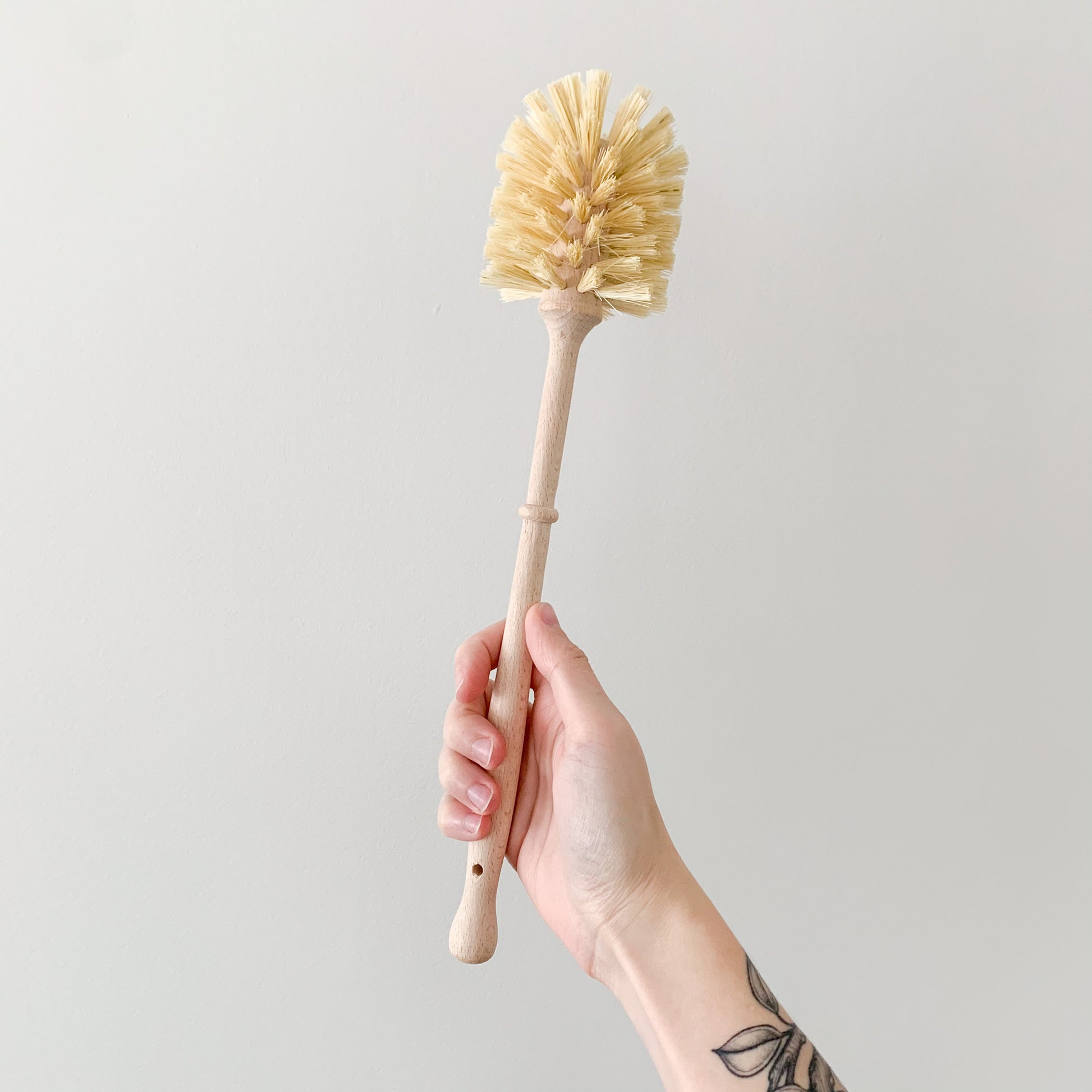
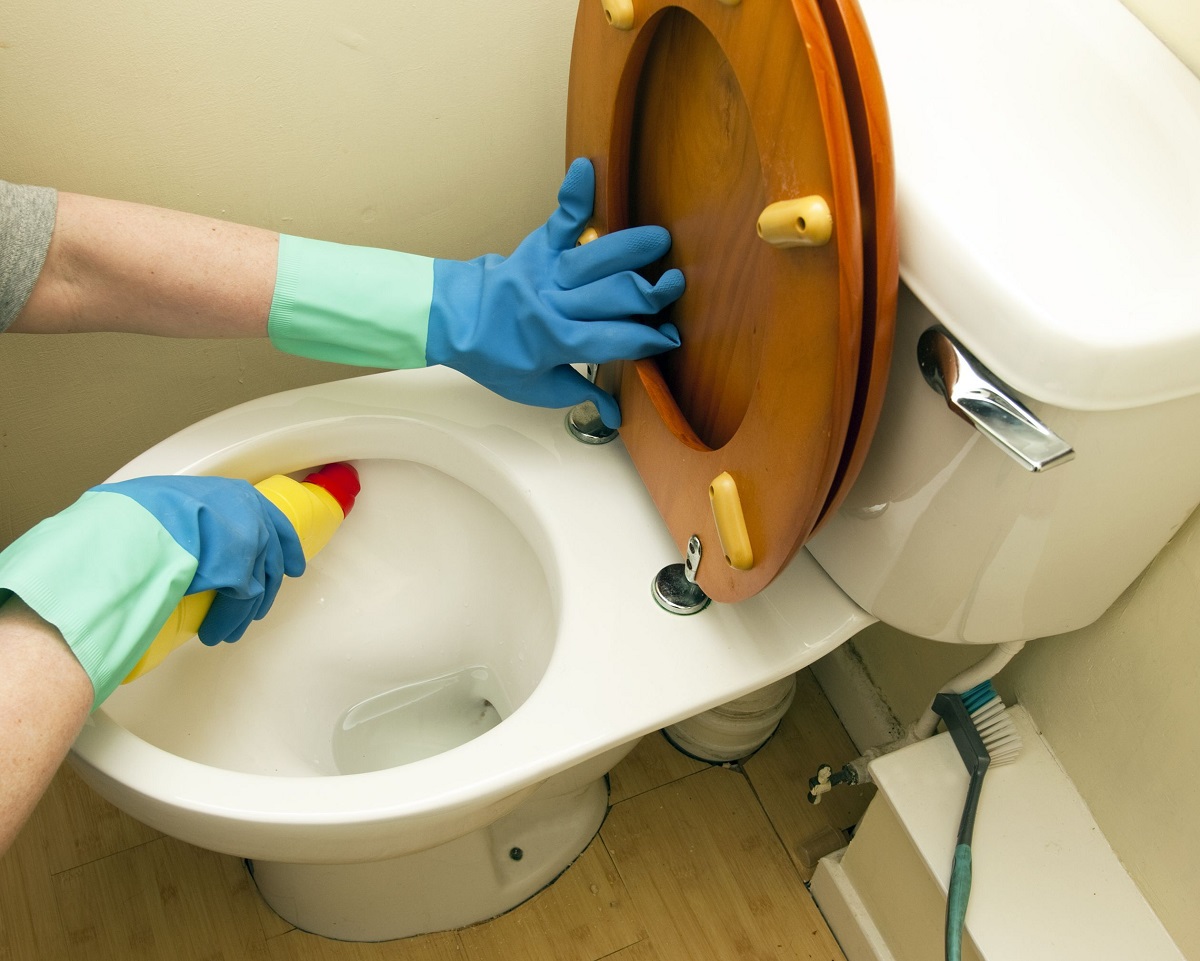
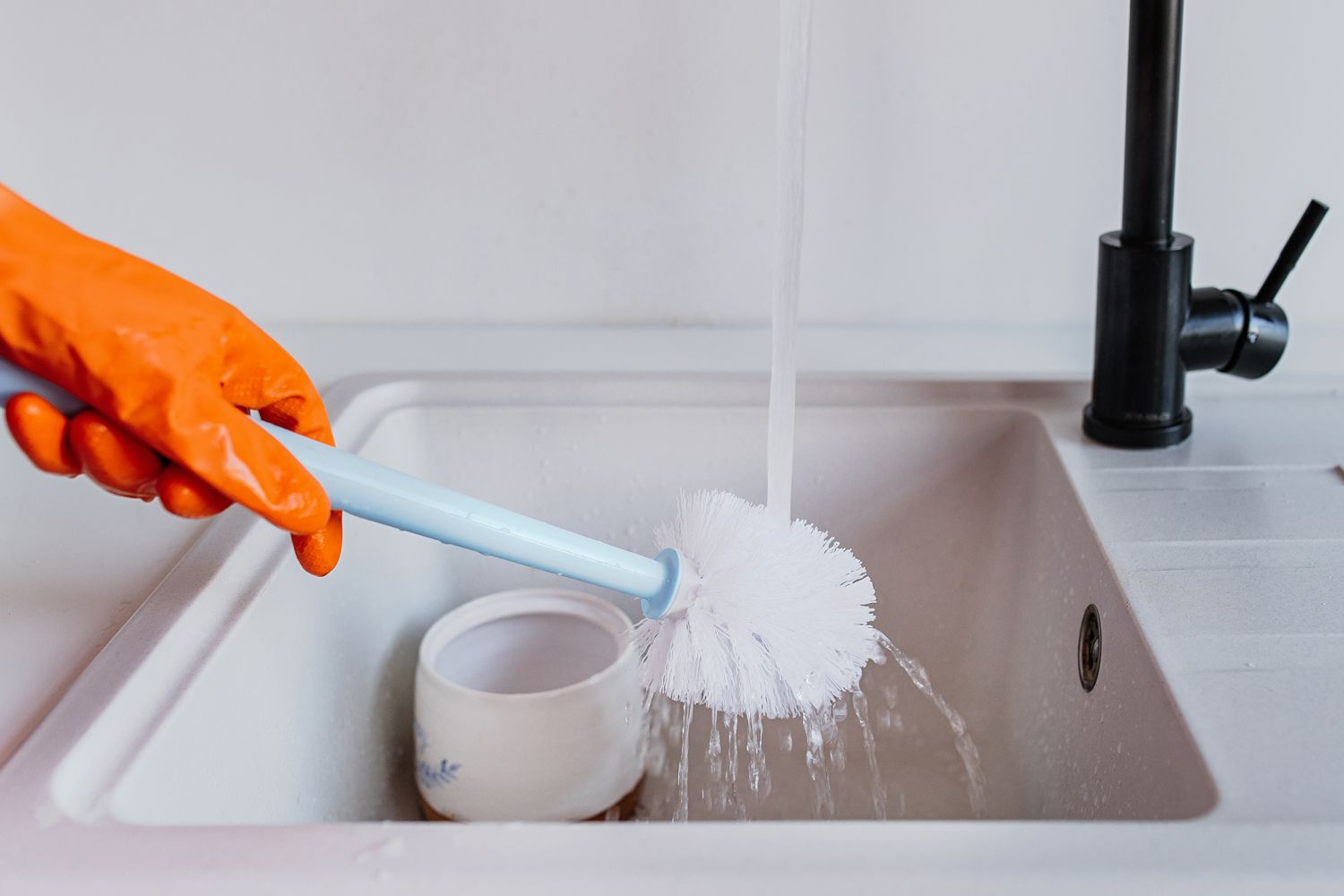
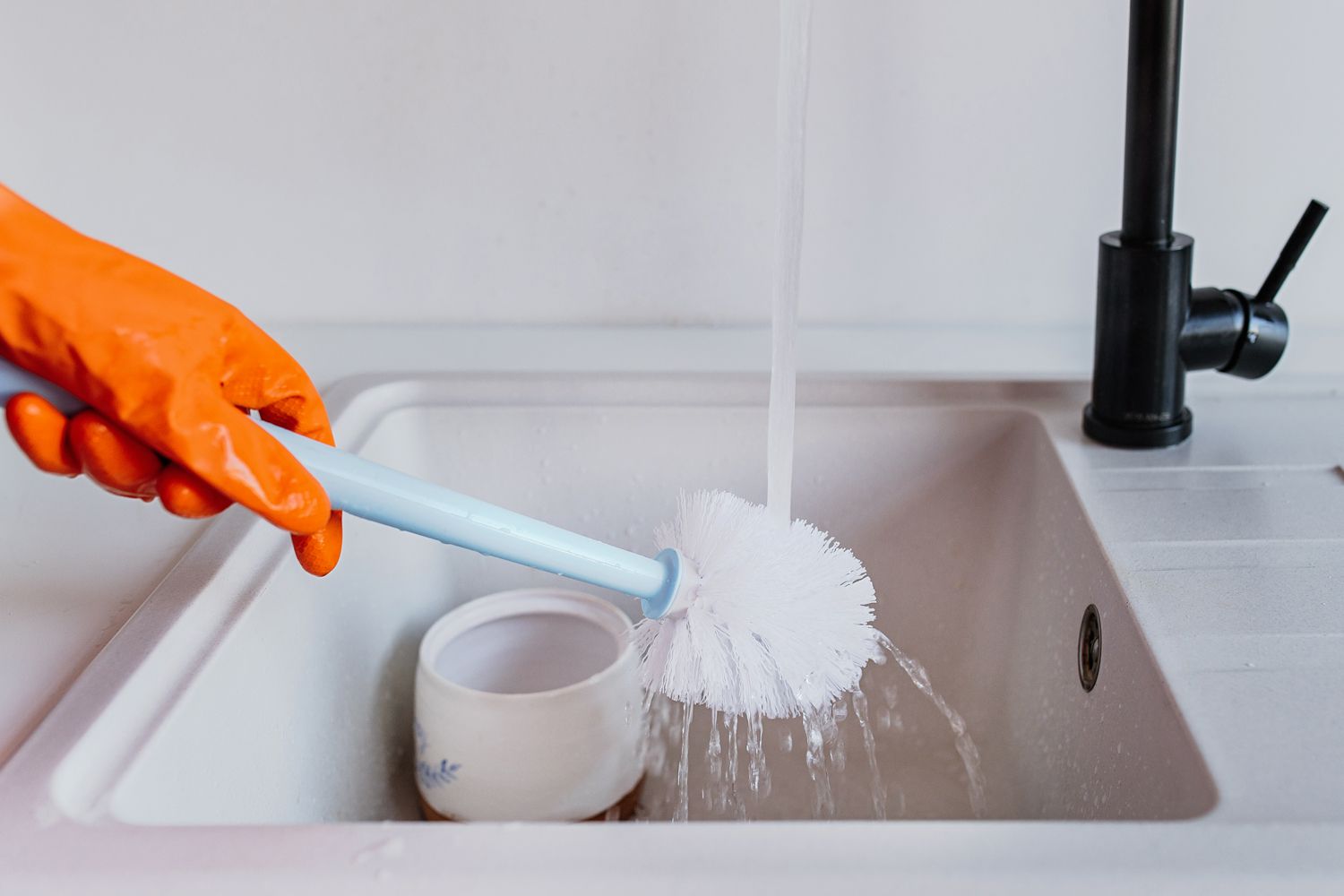
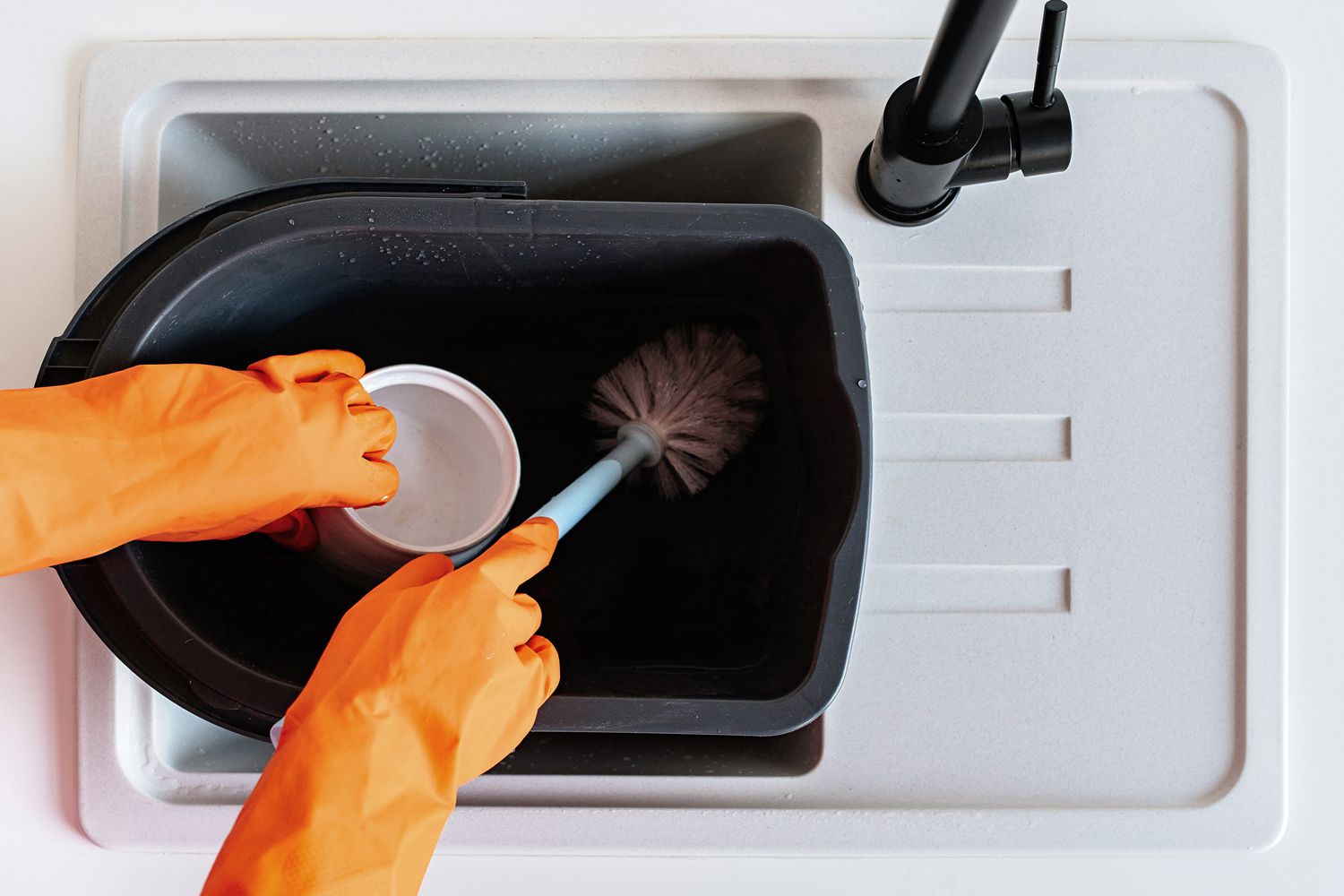
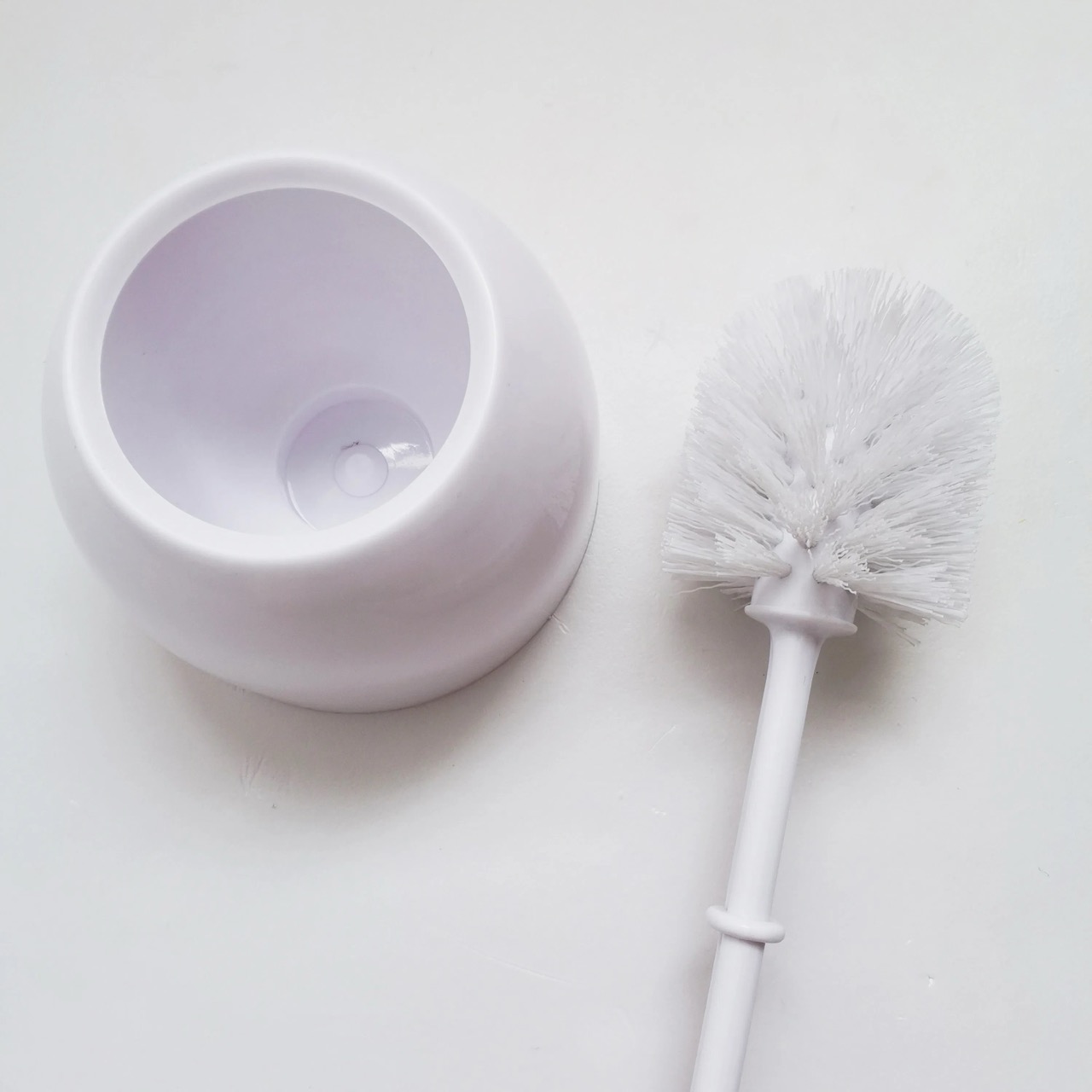
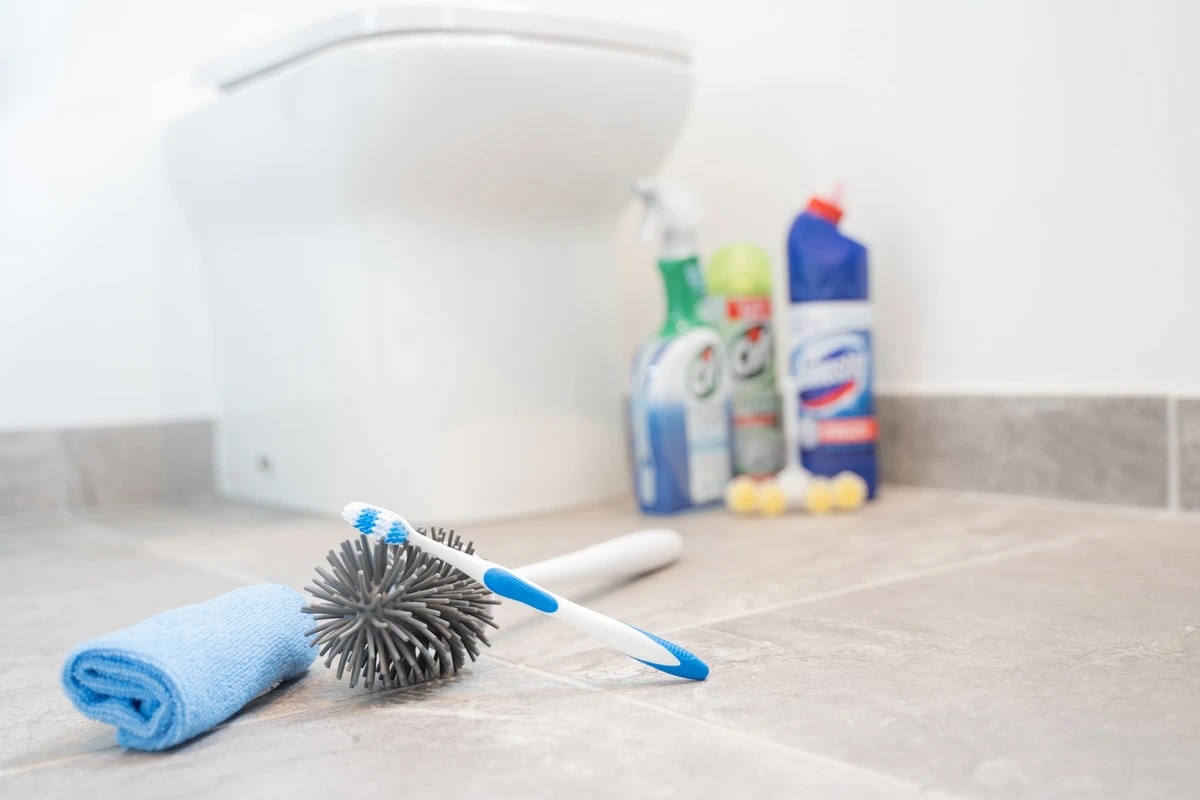
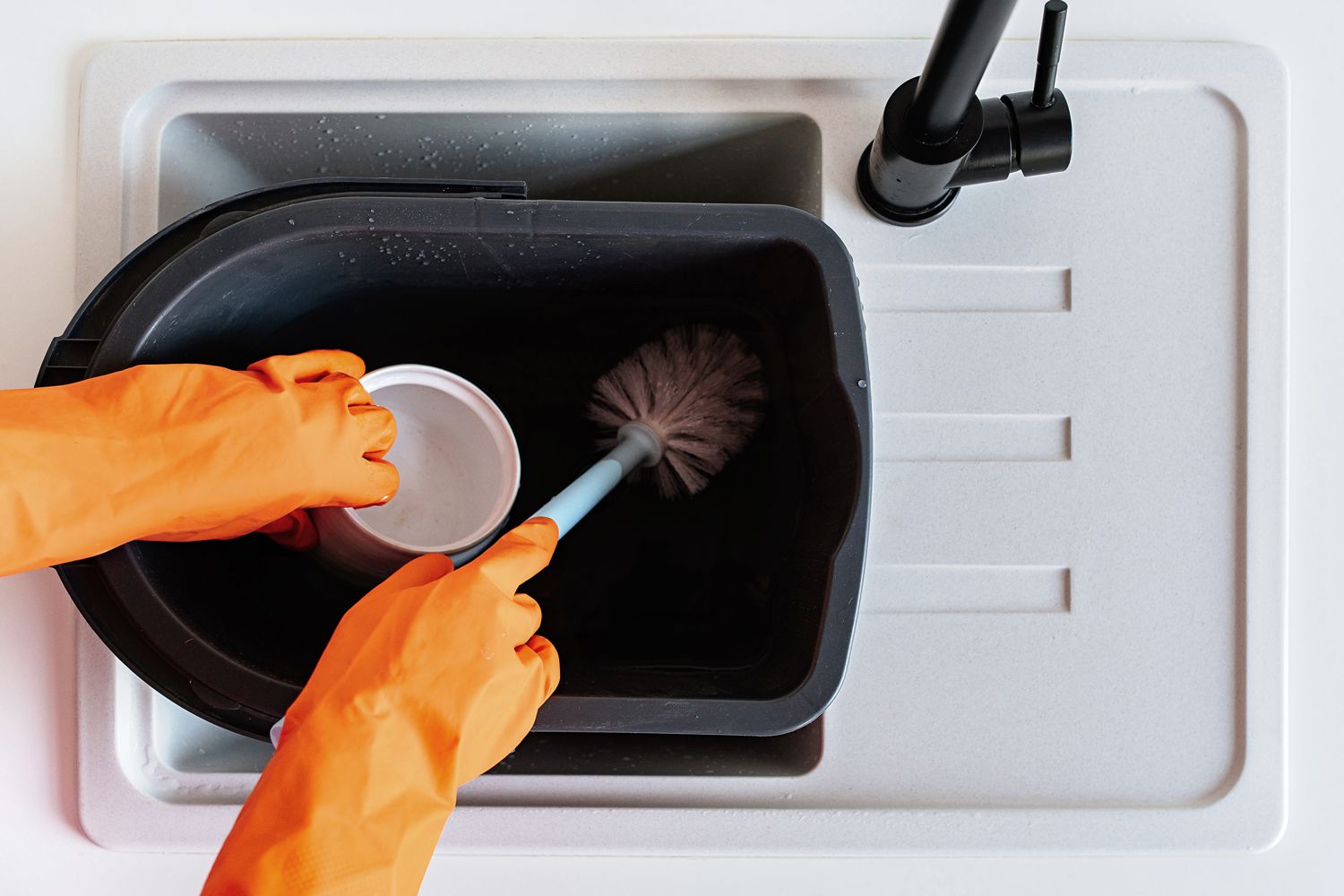
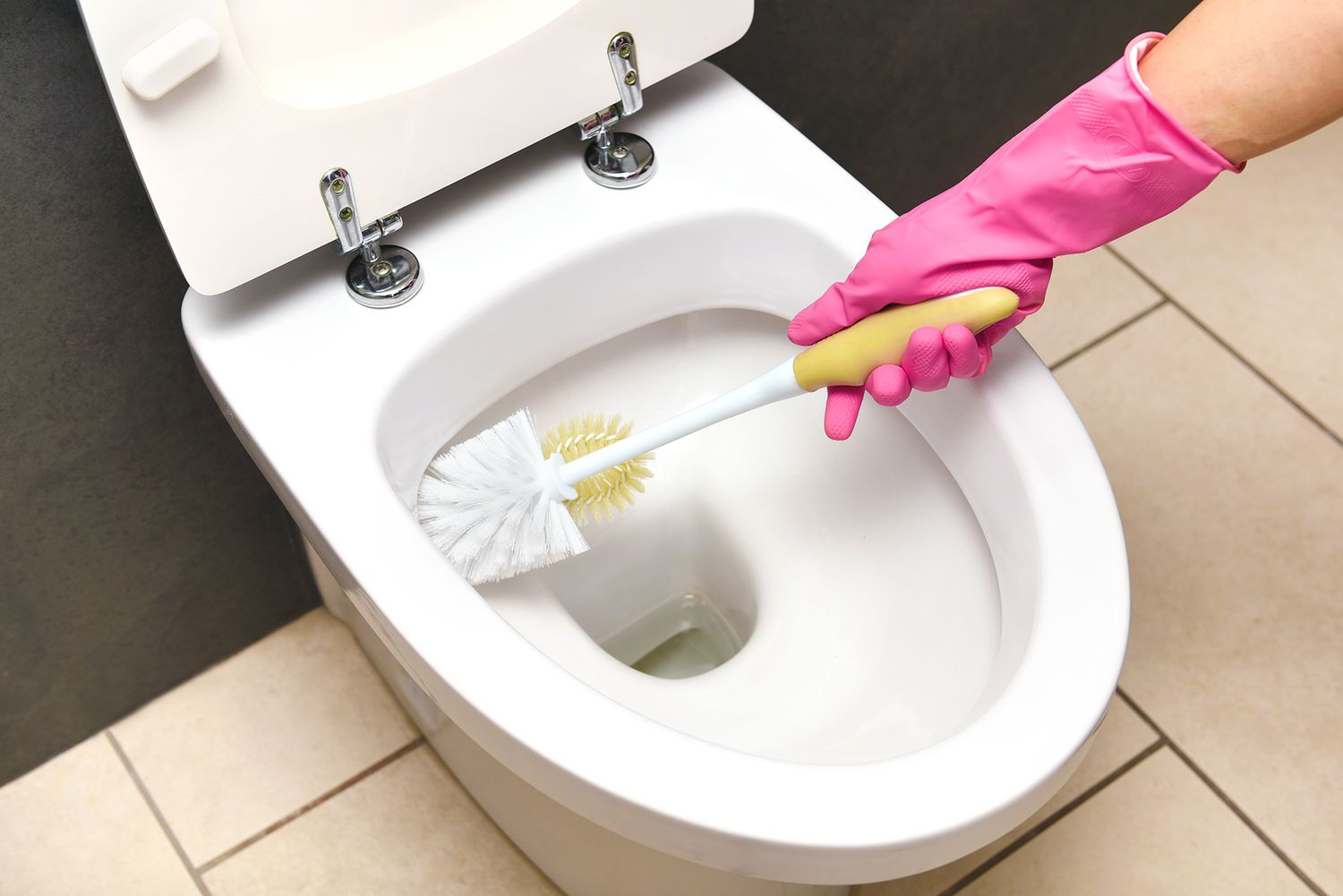
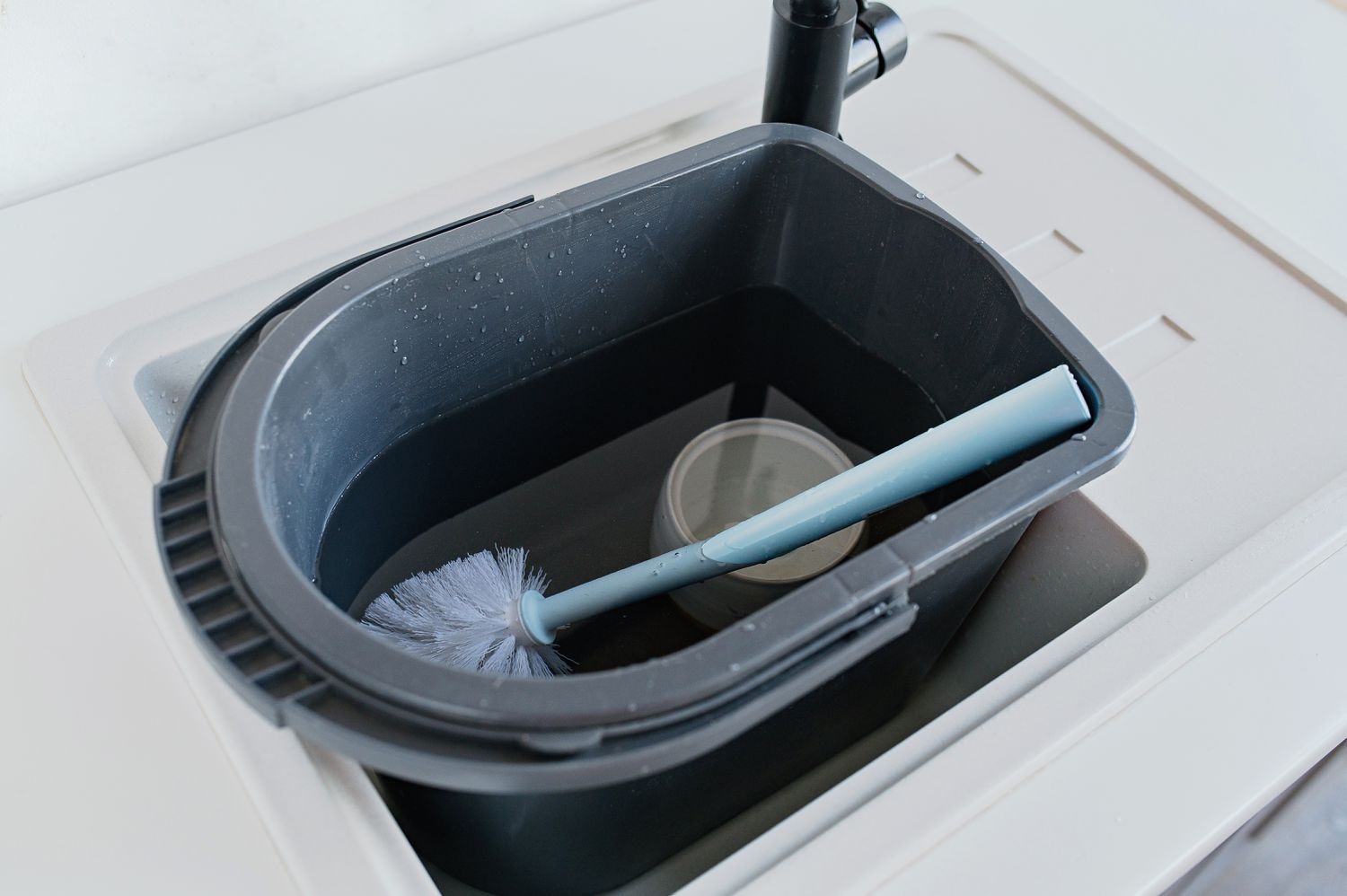
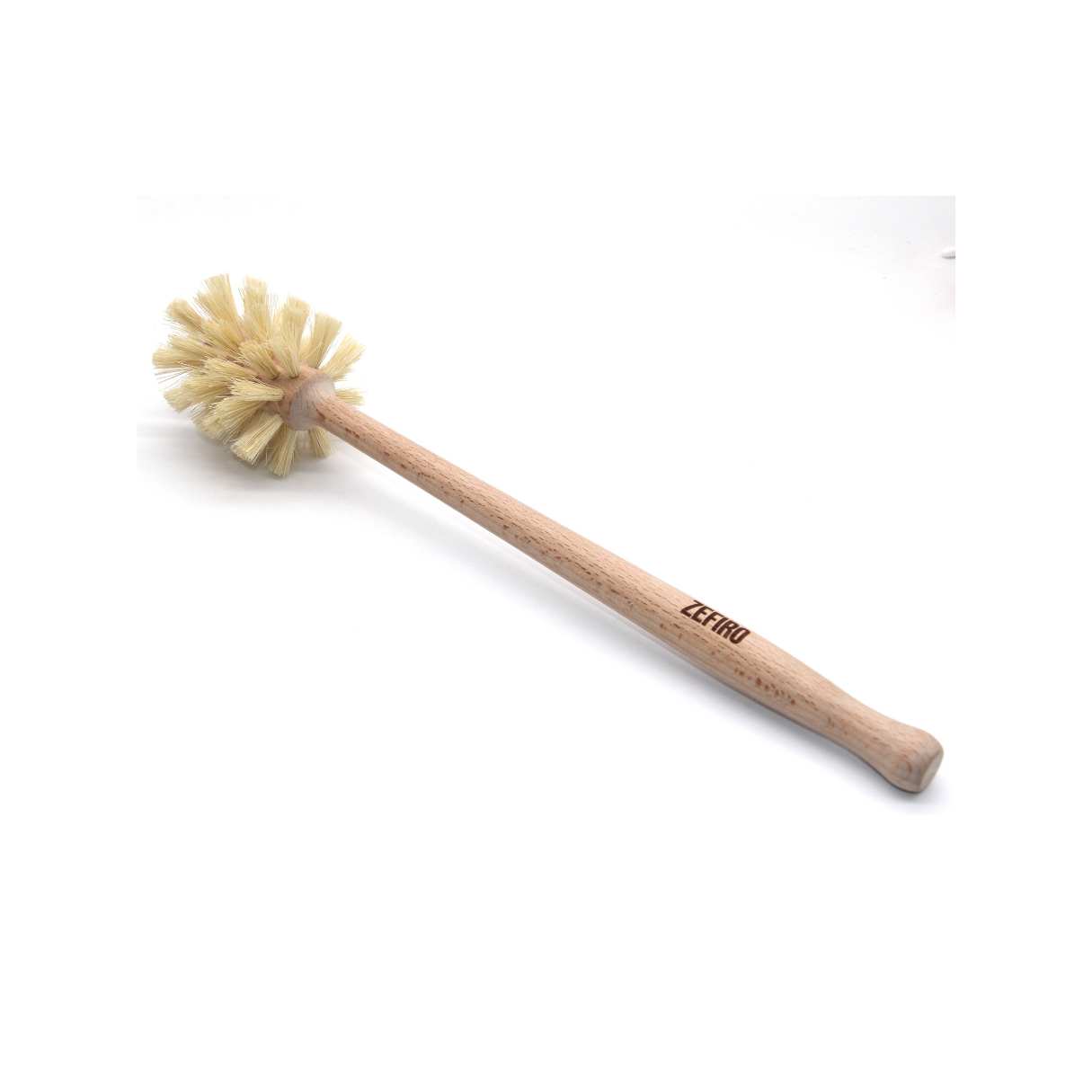
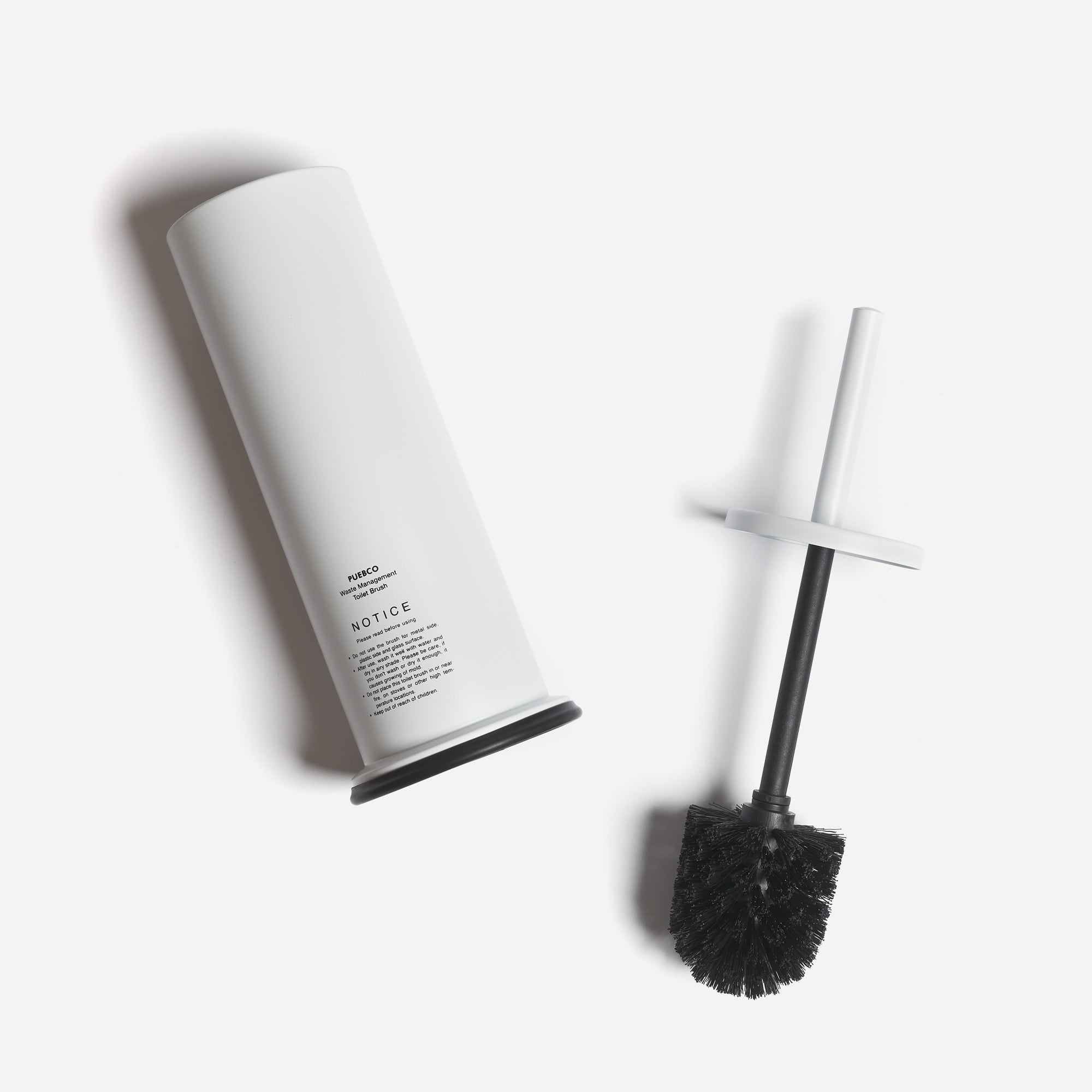

0 thoughts on “How To Clean A Silicone Toilet Brush”